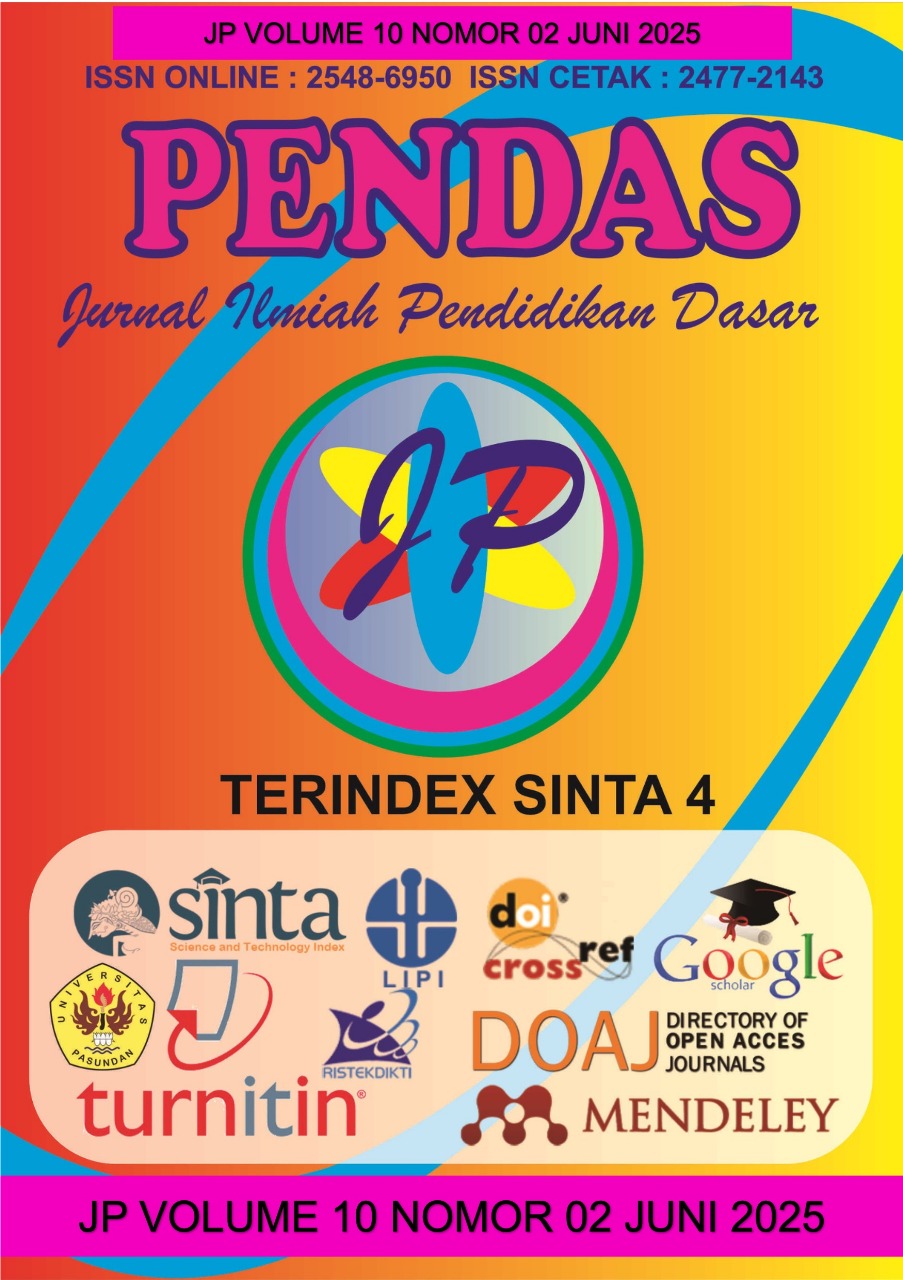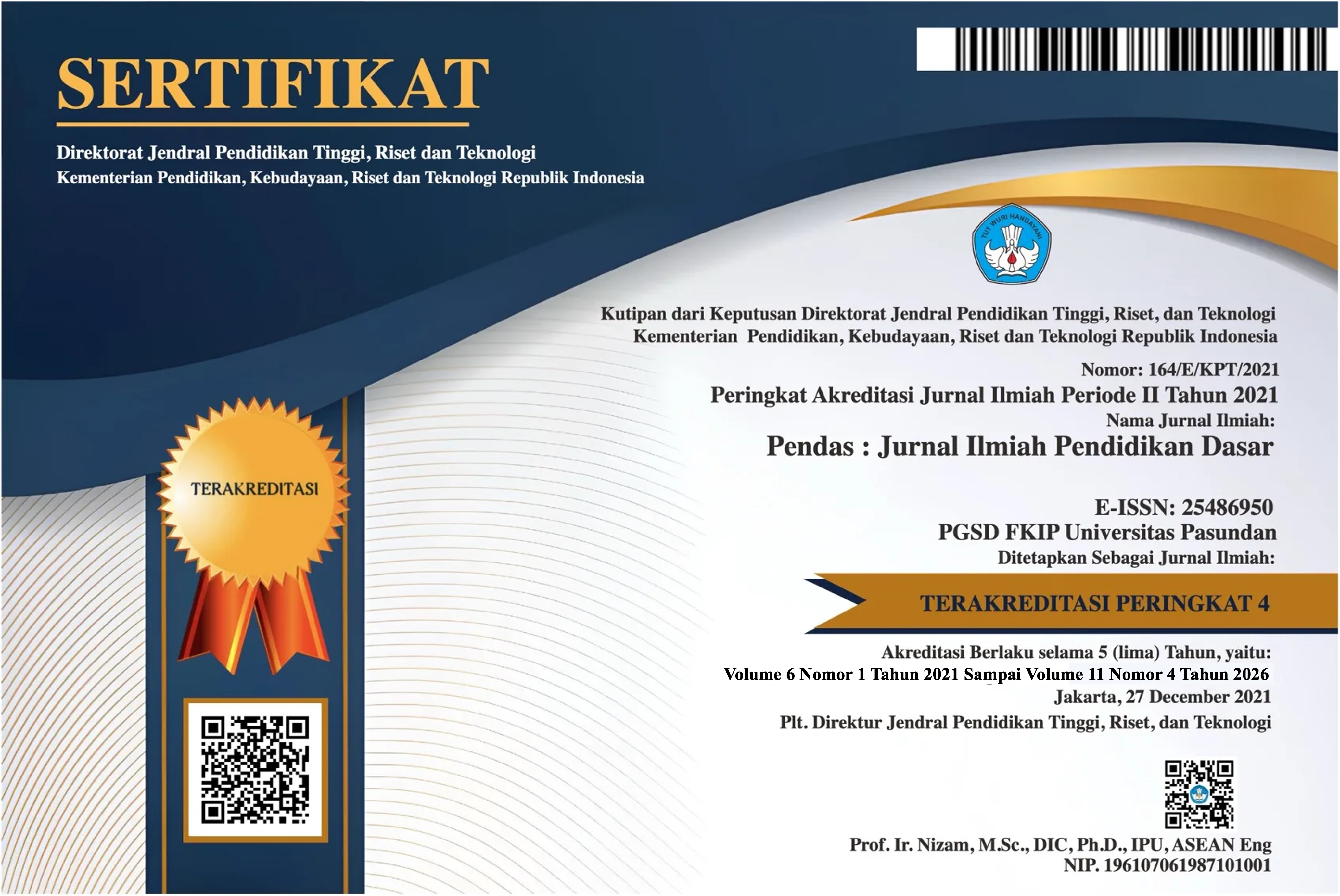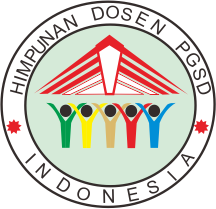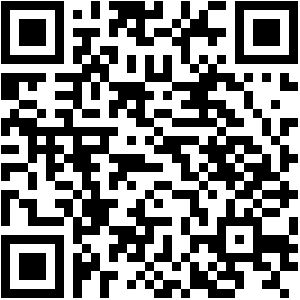PENGARUH METODE MUFRADAT BERBASIS SMART CASSETE DALAM MENINGKATKAN KECAKAPAN BERBAHASA ARAB
DOI:
https://doi.org/10.23969/jp.v10i2.26459Keywords:
mufradat method, smart cassette, arabic language proficiency, arabic language learning, elementary schoolAbstract
This study aims to analyze the effect of the Smart Cassette-based mufradat method in improving Arabic language skills in grade I students of SD Islam Plus Al Muhajirin, Pondok Pucung - Jombang. The mufradat method is a learning technique that focuses on vocabulary mastery as a basis for language skills. Meanwhile, Smart Cassette is used as an interactive learning media that helps students understand, remember, and pronounce mufradat more effectively. This study uses an experimental method with a pre-test and post-test control group design. Based on the validity test table in this study, variable X (Mufradat Method) and variable Y (Arabic Language Skills) have been tested and obtained an r table of 0.444 and is said to be valid if r count> r table. The reliability test uses the Alpha Cronbach formula with a reliability value of 0.725. The N-Gain test shows that the average N-Gain Score for the control class is 0.111 with a low category, while the average N-Gain Score for the experimental class is 0.604 with a medium category. The normality test using the Shapiro Wilk formula was used to determine class normality, the level of significance of the ability to analyze in the control class and the experimental class was 0.05 from the significance criteria, then H0 was accepted and H1 was rejected. The homogeneity test that had been carried out had obtained a Levene statistic result of 0.350> 0.05 which meant that H0 was accepted and H1 was rejected. The T-Independent test obtained a t-test result of 3.683 with a significance value (2tailed) of 0.001 <0.05 which indicated that H0 was accepted and H1 was rejected. The results showed that there was a significant increase in the Arabic language skills of students using the Smart Cassette-based mufradat method compared to the control group. The conclusion of this study is that the Smart Cassette-based mufradat method can be an effective learning alternative in improving Arabic language skills in grade I students. This study is expected to contribute to the development of more innovative and interesting Arabic language learning methods for students at the elementary school level.
Downloads
References
Andriani, A. (2015). Urgensi Pembelajaran Bahasa Arab dalam Pendidikan Islam. 56-https://doi.org/10.21274/taalum.2015.3.01.3956. –(1), 393, P
Fahrurrozi, A. (2014). Pembelajaran bahasa arab: Problematika dan solusinya. Arabiyat: Jurnal Pendidikan Bahasa Arab Dan Kebahasaaraban, 1(2), 161–180.
Hamdani. 2011. Strategi Belajar Mengajar. Bandung: Pustaka Setia
Ismail Nurdin, dan Hartati, Sri. (2019). Metodologi Penelitian sosial. Surabaya : Media Sahabat Cendikia.
Lunenburg, F. C. (2010). “Communication: The Process, Barriers, andImproving Effectiveness”. Schooling, 1(1), 1-10
Lunenburg, F. C. (2010). The Decision Making Process. National Forum Of Educational Administration And Supervision Journal Volume 27, Number 4, 1-11.
Mustaufiy, A. S. H. (2019). SIGNIFIKASI KONTEKSTUALISASI BAHAN AJAR BAHASA ARAB BAGI PENUTUR NON ARAB. AL-AF’IDAH: Jurnal Pendidikan Bahasa Arab Dan Pengajarannya, 3(1), 35–46.
Mustofa, Syaiful. 2011. Strategi Pembelajaran Bahasa Arab Inovativ. Malang: UIN Maliki Press.
Nizwardi Jalinus dan Ambiyar. (2016). Media dan Sumber Pembelajaran. Jakarta: Kencana.
Sam, Z. (2016). Metode Pembelajaran Bahasa Arab. NUKHBATUL’ULUM: Jurnal Bidang Kajian Islam, 2(1), 206–220.
Susanto, A. (2016). Teori belajar dan pembelajaran di sekolah dasar. Kencana.
Sugiyono, (2019). Metodologi penelitian kuantitatif, kualitatif dan R & D.Bandung : alfabeta
Sugiyono, (2018). Metodologi penelitian kuantitatif, kualitatif dan R & D.Bandung : alfabeta.
Susnaibility, 2020. Sustaining Language Skills Development of Pre-Service EFL Teachers despite the COVID-19 Interruption: A Case of Emergency Distance Education.
Delfianto. 2016. Kontribusi Kemampuan Membaca Pemahaman dan Penguasaan Kosakata terhadap Keterampilan Menulis Teks Tanggapan Deskriptif. Jurnal Pendidikan Rokania, Vol. 1. http://ejurnal.stkiprokania.ac.id, diakses pada tanggal 04 Februari 2019.
Margono. (2010). Metodologi Penelitian Pendidikan. Jakarta: Rineka Cipta.
Downloads
Published
Issue
Section
License
Copyright (c) 2025 Pendas : Jurnal Ilmiah Pendidikan Dasar

This work is licensed under a Creative Commons Attribution 4.0 International License.



















